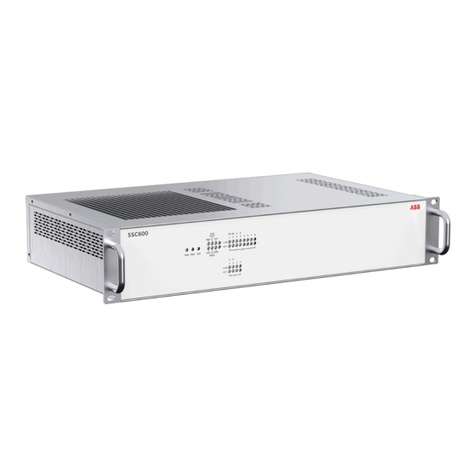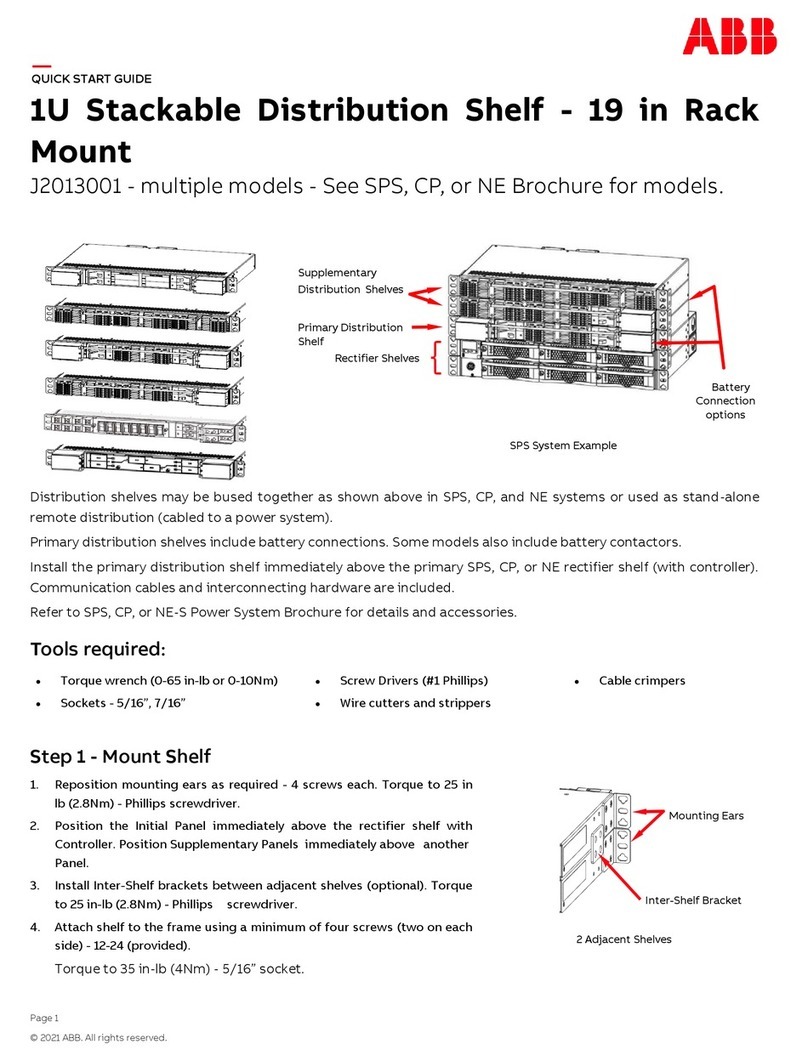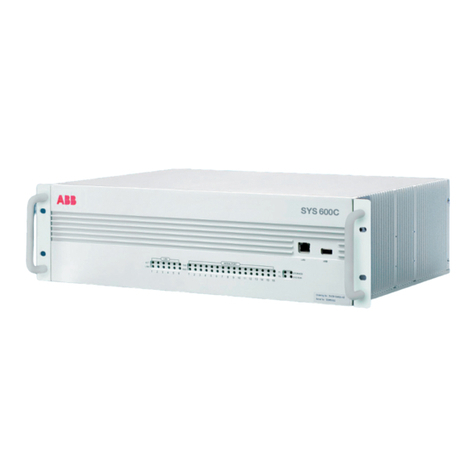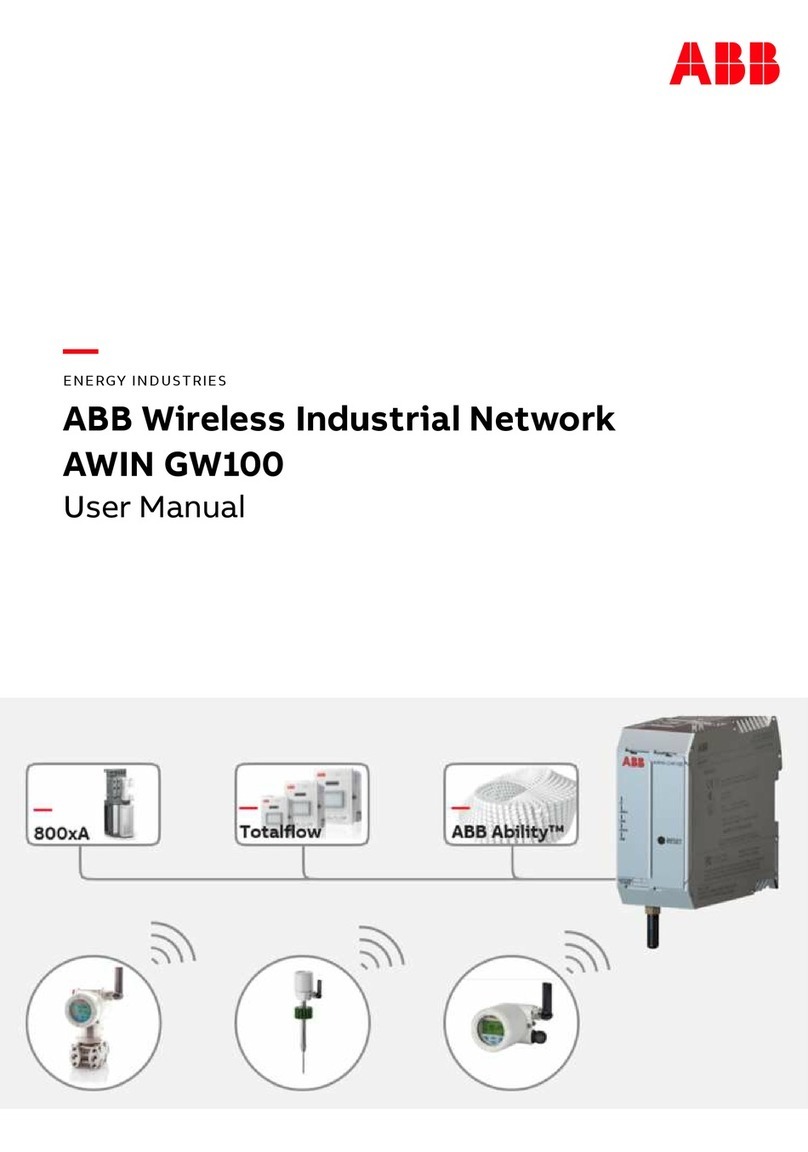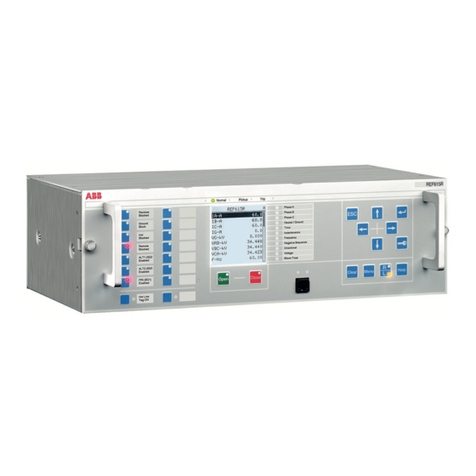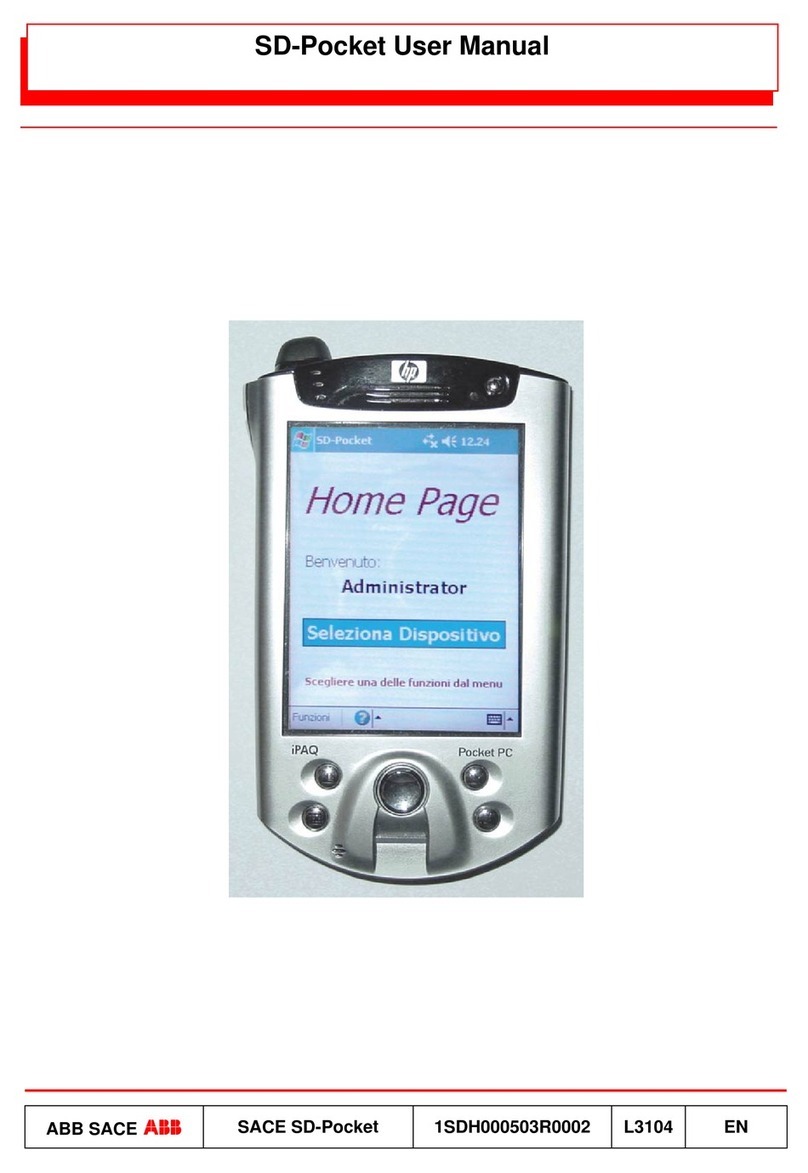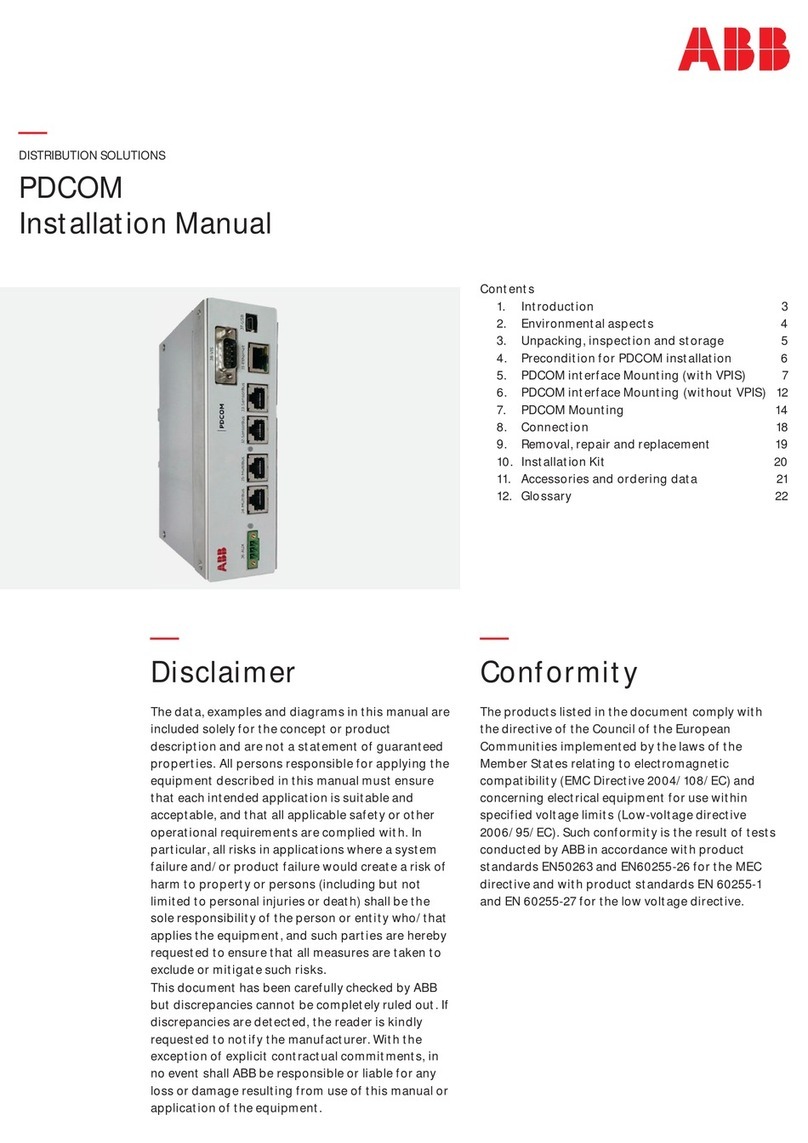
ABB i-bus®KNX
Contents
IPR/S 3.5.1 | 2CDC502099D0211 Rev. A iii
1General ................................................................................................. 5
1.1 Using the product manual............................................................................................................ 5
1.1.1 Notes ........................................................................................................................................... 5
1.2 Cyber security (network security) ................................................................................................ 6
1.3 Preventing access to the different media..................................................................................... 6
1.4 Twisted pair cabling..................................................................................................................... 6
1.5 IP cabling inside the building ....................................................................................................... 6
1.6 Connection to the Internet ........................................................................................................... 7
1.7 KNXnet/IP Security...................................................................................................................... 7
1.8 Overview of product and functions .............................................................................................. 7
1.8.1 Monitoring for bus voltage failure................................................................................................. 8
1.8.2 Overview of versions ................................................................................................................... 9
2Device technology ............................................................................. 11
2.1 Technical data ............................................................................................................................11
2.2 Connection diagram ...................................................................................................................13
2.3 Dimension drawing .....................................................................................................................14
2.4 Mounting and installation............................................................................................................15
2.4.1 Prerequisites for commissioning.................................................................................................15
2.4.2 Supplied state.............................................................................................................................15
2.4.3 Assignment of the physical address ...........................................................................................16
2.4.4 Download reaction......................................................................................................................16
2.4.5 Unloading the device and resetting to factory settings ...............................................................16
2.4.6 Cleaning .....................................................................................................................................17
2.4.7 Maintenance ...............................................................................................................................17
2.5 Description of inputs and outputs ...............................................................................................17
2.6 Operating controls ......................................................................................................................18
2.7 Display elements ........................................................................................................................18
3Commissioning.................................................................................. 19
3.1 Overview.....................................................................................................................................19
3.2 Parameters .................................................................................................................................19
3.2.1 Parameter window KNX -> LAN .................................................................................................20
3.2.2 Parameter window LAN -> KNX .................................................................................................23
3.2.3 Parameter window IP settings ....................................................................................................26
3.3 Group objects .............................................................................................................................30
3.4 Use of the integrated tunneling servers......................................................................................31
3.4.1 Settings in ETS 5........................................................................................................................32
3.5 KNX Secure................................................................................................................................33
4Planning and application .................................................................. 35
4.1 The IP Router Secure in the network..........................................................................................35
4.1.1 Assignment of IP address...........................................................................................................35
4.1.2 KNX telegrams in the network ....................................................................................................36
4.1.3 Monitoring an IPR/S 3.5.1...........................................................................................................37
4.1.4 System broadcast.......................................................................................................................37
4.1.5 IGMP ..........................................................................................................................................38
4.1.6 IPR/S as an area coupler............................................................................................................38
4.1.7 IPR/S as a line coupler ...............................................................................................................39
4.1.8 Mixed topology ...........................................................................................................................40
4.2 The i-bus®Tool...........................................................................................................................41
4.2.1 Discovery....................................................................................................................................41
4.2.2 Firmware update.........................................................................................................................42
AAppendix ............................................................................................ 43
A.1 Ordering details ..........................................................................................................................43
A.2 Open source software components ............................................................................................43

